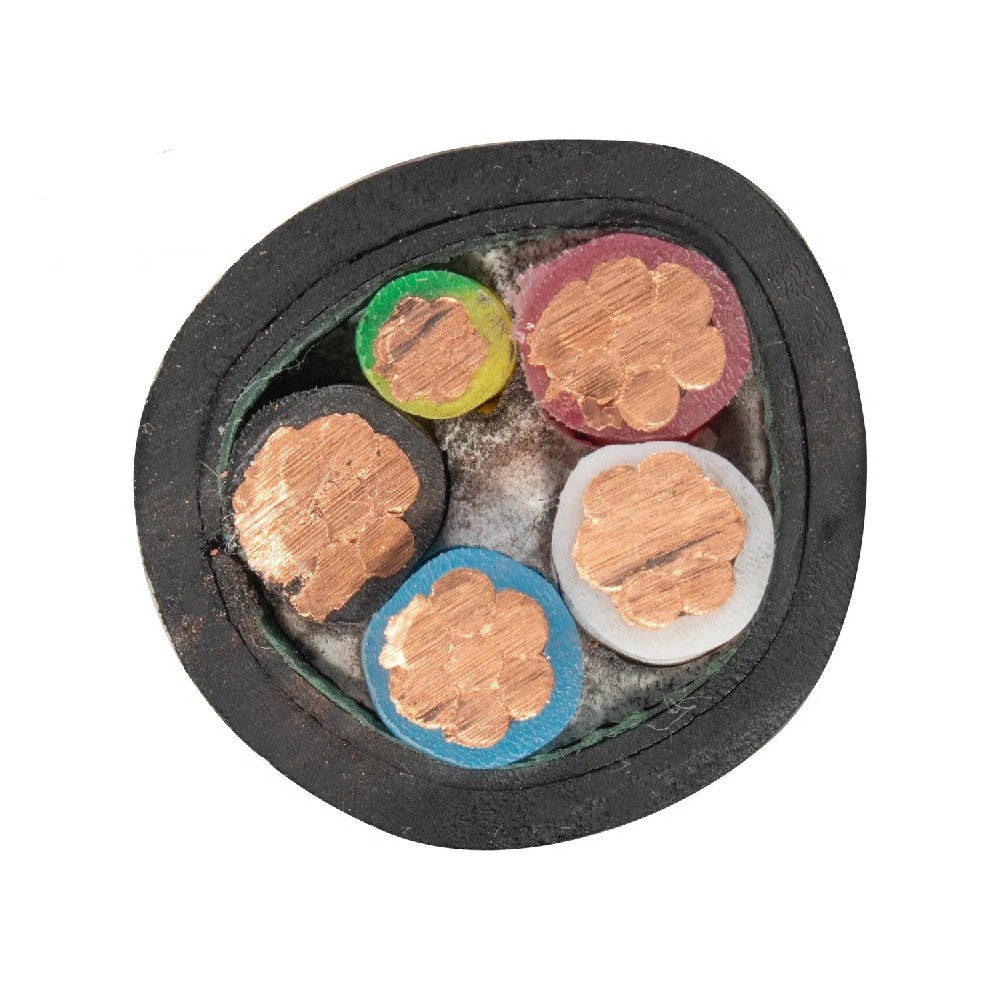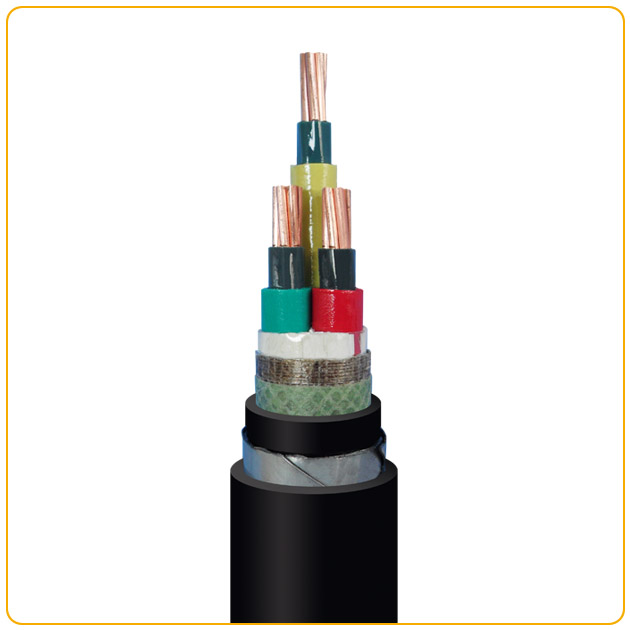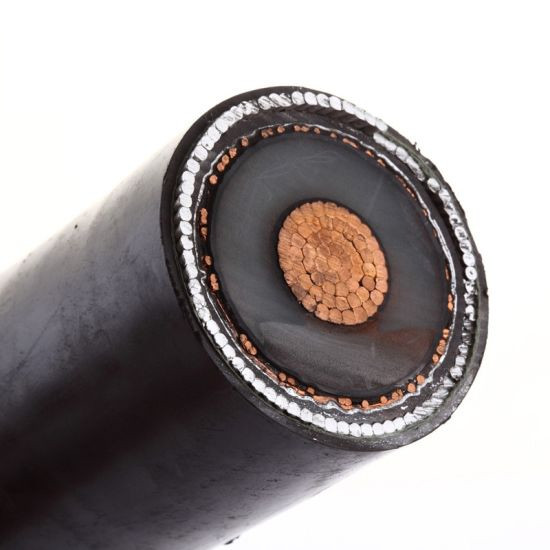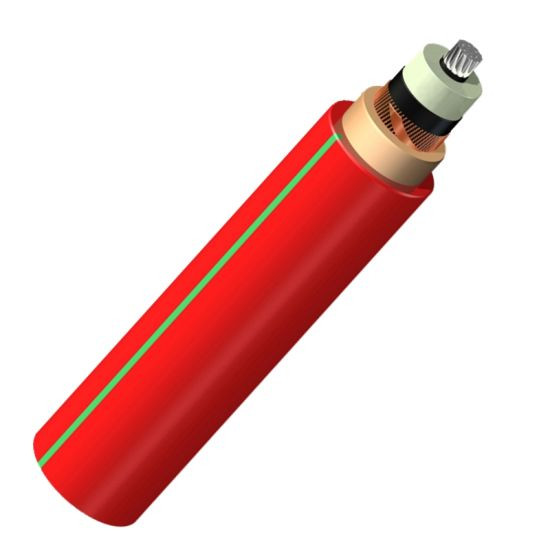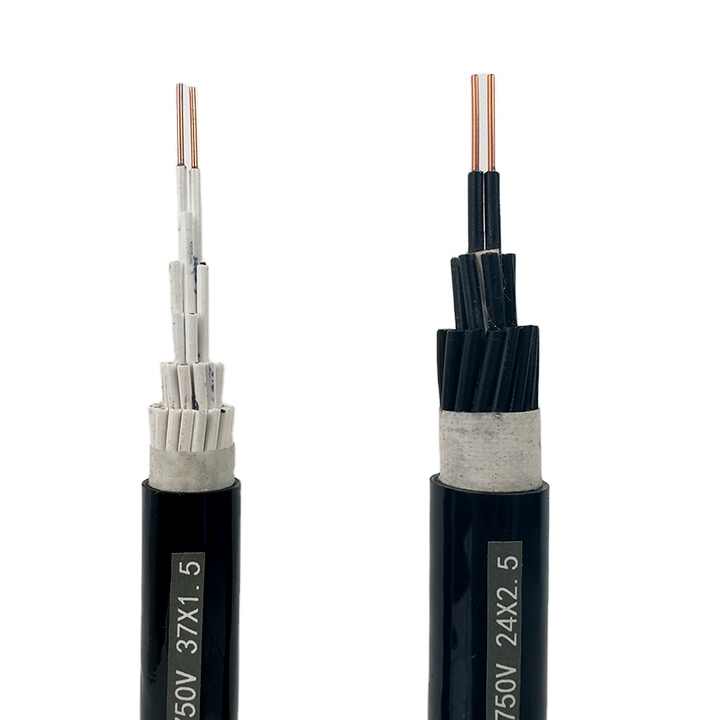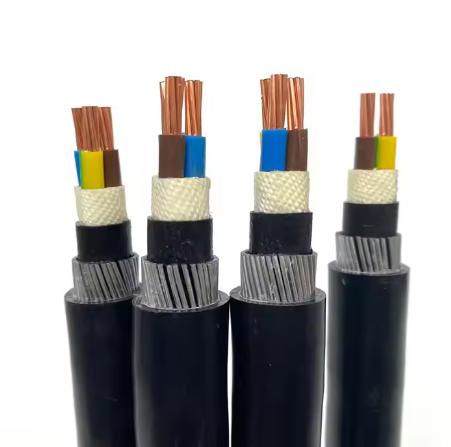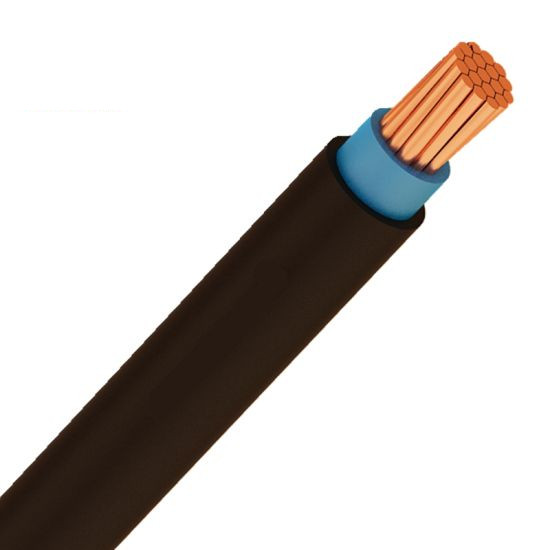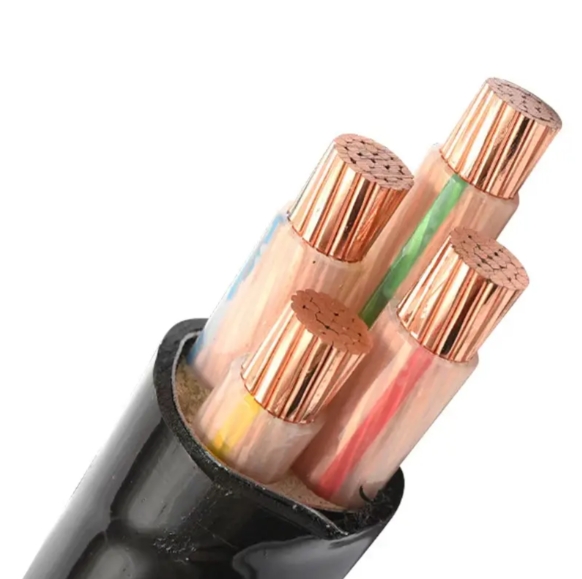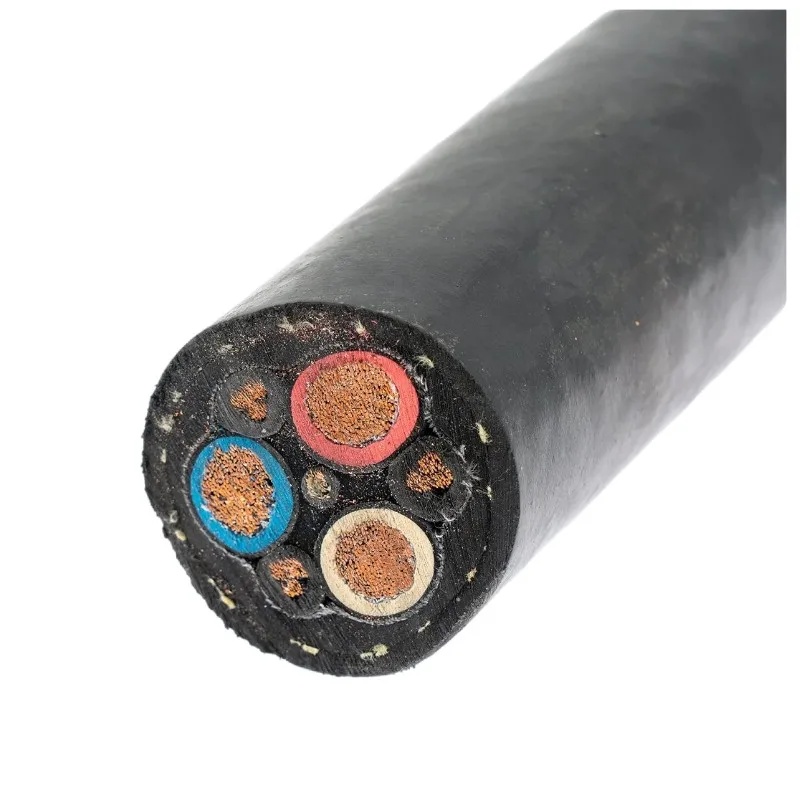-
![What is YJV cable ···]() 2025-09-02 What is YJV cable (YJV cable···
2025-09-02 What is YJV cable (YJV cable···[Name] YJV power cable [Full name] Cross-linked polyethylene insulated PVC sheathed power cable Y----Polyethylene J-----Cross-linked V----PVC sheath [Number of cores] Single core, 2 cores, 3 cores, 4 cores, 5 cores, 3+1, 3+2, 4+1, etc. [Specifications] 1.5 square to 240 square [Color] Black [Copper]
read more > -
![KYJVP 37*1.5 shiel···]() 2025-09-02 KYJVP 37*1.5 shielded contro···
2025-09-02 KYJVP 37*1.5 shielded contro···KYJVP XLPE Insulated PVC Sheathed Braided Shielded Control CableI. Scope of ApplicationKYJVP control cable is primarily used as a connecting cable for various electrical appliances, instruments, and automatic devices. It can be used in control and protection circuits, performing various control func
read more > -
![YJV22-3*150+2*70mm···]() 2025-09-02 YJV22-3*150+2*70mm2 cross-li···
2025-09-02 YJV22-3*150+2*70mm2 cross-li···YJV22-3*150+2*70mm² Cross-Linked Steel Tape Armored Power CableModel: YJV22Specifications: 3*150+1*70Number of Cables: 30Wire Diameter: 2.60mmVoltage: 0.6-1kVResistance: ≤0.0.124Ω/km (at 20°C)Weight: 6351.7kg/kmApplication: For fixed installation in AC power transmission lines with rated voltage
read more > -
![KGG, KGGR silicone···]() 2025-09-02 KGG, KGGR silicone rubber fl···
2025-09-02 KGG, KGGR silicone rubber fl···KGG, KGGR Silicone Rubber Flexible Control CablesI. Product Features and ApplicationsSilicone rubber control cables are suitable for mobile or fixed installations of electrical instruments or for signal transmission, with an AC rated voltage of 450/750V or below. Silicone rubber control cables offer
read more > -
![Main characteristi···]() 2025-09-02 Main characteristics of bran···
2025-09-02 Main characteristics of bran···Branch cables are a new generation of medium- and low-voltage power supply line systems developed in the mid-to-late 1990s by a handful of industrially advanced countries. They offer advantages such as safe and reliable power supply, low operating costs, simple installation, low environmental requir
read more > -
![What is the functi···]() 2025-09-02 What is the function of the ···
2025-09-02 What is the function of the ···The outermost layer of wires and cables, typically a rubber or rubber composite sheath, provides insulation and protects the cable from damage.Cables are categorized as either high-voltage or low-voltage. High-voltage cables also have a layer of resin-like filler inside to provide insulation. In hig
read more > -
![What are the usage···]() 2025-09-02 What are the usage scenarios···
2025-09-02 What are the usage scenarios···1. Because power cables carry high currents, they generate magnetic fields around them. To prevent them from affecting other components, shielding layers are added to contain these electromagnetic fields within the cable.2. They provide a certain degree of grounding protection. If the cable core is
read more > -
![How many categorie···]() 2025-09-02 How many categories can wire···
2025-09-02 How many categories can wire···Wire and cable are collectively referred to as wire products used to transmit electrical (magnetic) energy, information, and convert electromagnetic energy. Wire and cable can be divided into five main categories based on their intended use:1. Bare wire: Products consisting solely of conductors with
read more > -
![What is fire resis···]() 2025-09-02 What is fire resistant cable···
2025-09-02 What is fire resistant cable···Fire-resistant cable is a general term for cables with fire-resistant properties. It includes two categories: general flame-retardant cables and fire-resistant cables. Fire-resistant cables (designated ZR flame-retardant) use a polyolefin outer sheath with an oxygen index ≥28 to retard the spread o
read more > -
![What parts does a ···]() 2025-09-02 What parts does a power cabl···
2025-09-02 What parts does a power cabl···1. Core: The core is the conductive part of a power cable, used to transmit electrical energy and is the primary component of the cable.2. Insulation: The insulation layer electrically isolates the core from the ground and between cores of different phases, ensuring power transmission. It is an esse
read more >

